UNITIVE EDUCATION
Together we can stop the school-to-prison pipeline.
Changing Schools/Changing Lives
“Students suspended or expelled are three times more likely to be in contact with the juvenile justice system the following year”
AUJ's school programs help eliminate the school-to-prison pipeline by reducing school incidents and thereby reducing suspensions and expulsions.
Photo by Juan Ramos
UJed whole school program
UJEd Whole School Program – the Hopewell, Va. Experience
This program is designed to catalyze culture change in schools, shifting from an institutional structure that is reliant on punishment to achieve compliance to an inclusive system in which connection becomes the “force” that holds community together. Connected communities naturally help and support one another and productively manage conflicts. AUJ launched this new model for teaching the implementation of UJEd in school in January 2023, when the first pilot was launched at Hopewell High School and Carter G. Woodson Middle School in Hopewell, Va. in January 2023. This new model is designed to teach a UJEd Leadership Team of approximately 10 school leaders in the same school to become the critical mass needed to create lasting culture change. They attend weekly online classes taught throughout the school year by AUJ Co-Instructors. This permits the material to be delivered in measured segments—and then to provide mentoring and support throughout the school year as the trained school staff are implementing the program.
UJEd Whole School Program – Wakiso District, Uganda
At the same time the UJEd Whole School Program was launched in Hopewell, Virginia, a sister school implementing the same program was launched in Trey Junior School in Najjemba Village, Wakiso District in Uganda. Sara Daves, a long-time student of UJ theory and practice is leading this program using the same handbook and lesson plans being used in the Hopewell program. Trey Junior School now provides education for about 100 students of nursery age through 4th grade and it will eventually go up to grade 7. Opening Trey Junior School was nothing like the Hopewell experience. In Uganda, to construct the school, first the money was raised, the architectural design was created, the bricks were made by hand and dried in the sun. The team of visionaries who built this school are changing the future of their village! The hope is that Trey Junior School will be the first school in the world where all of the 7 teachers are certified UJEd Whole School Program Specialists.
AUJ’s vision is a world where this type of school culture is the norm.
AUJ’s First School Program
Unitive Education creators, Sylvia Clute and Donna Chewning, together implemented a public school pilot Restorative Justice program at a high school in Virginia in 2011-2013, with the assistance of Jim Mustin, a long-time leader in Restorative Justice. Janie Walker, who now serves on the AUJ Board of Directors, served as the program’s Community Liaison. At that time, AUJ was known as Restorative Youth Services of Virginia but changed its name in 2014 to align with an evolving vision for a unitive world.
For this program, Clute and Chewning conducted a total of 117 Restorative Justice Circles and trained approximately 40 adults and many students in Restorative Justice processes. Also included in the program were Classroom Circles, a mentoring program, a Restorative Justice class, and other activities with the students.
While the data does not indicate the cause, from 2006 to the most recent statistics available from the Virginia Deptartment of Education:
The high school had the lowest number of incidents related to behavior the second and final year of the AUJ program.
The total number of incidents related to behavior the year before the program began was 583, and the number dropped to 150 the second year the AUJ program was in the high school.
There were 406 Individual Student Offenders in 2010-2011 before the program, and that number was down to 185, fewer than half as many, in 2012-2013.

